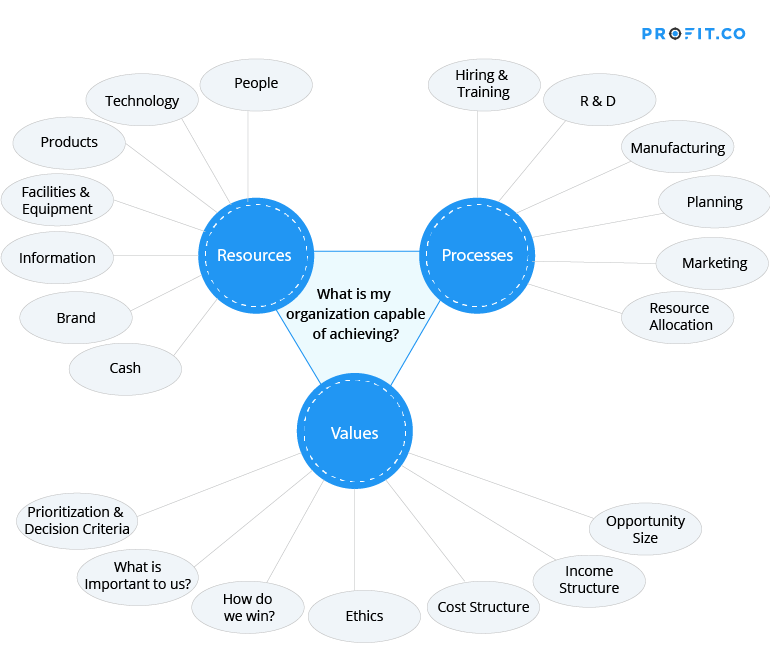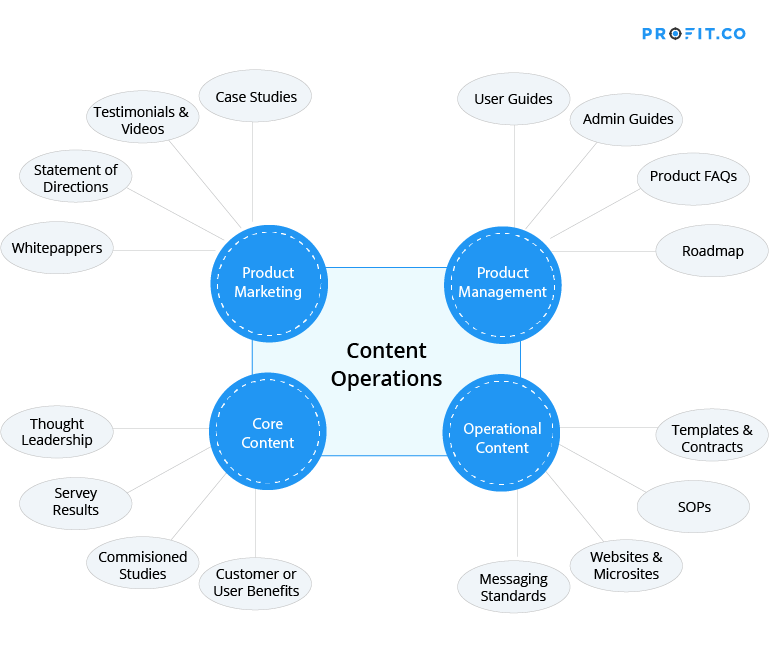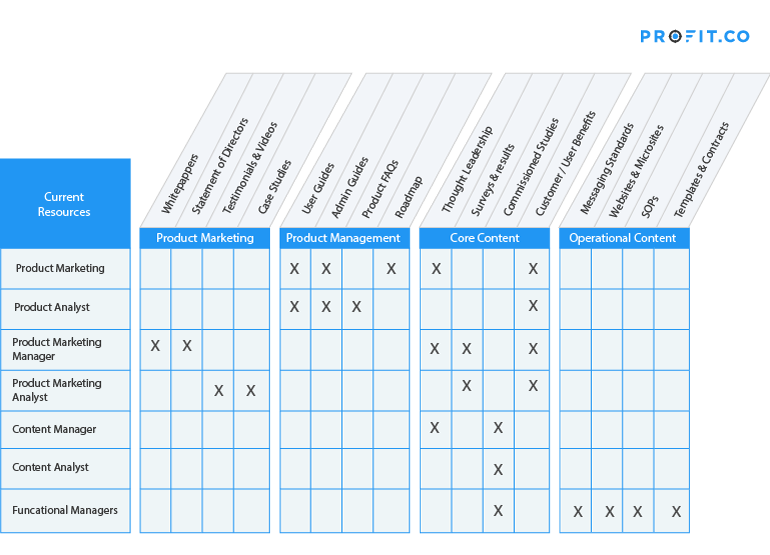Organizations and individuals have capabilities and capacities. Capability is cultivated ability. Capacity is strictly a time constraint, but obviously due to the difference in capabilities, capacity cannot be generalized. A superstar can do something in 2 hours, while an average resource may take 20 hours for the same task.
We are trying to answer the question:
What is my organization capable of accomplishing?
Your strategy is only as good as your execution. And your execution is only as good as your people, processes and your value system. Once you know what is your organizational capability and capacity, you can start addressing other questions such as:
- Do I have resource gaps, in terms of capability & capacity
- How do I fill in capacity gaps?
- How do I develop my people to a future state, if there are capability gaps?
- How much money do I need to do these?
The Resources, Processes, and Values(RPV) framework is a good one to analyze and ascertain your current position. And this primarily addresses the organizational capability question. Not the capacity question. Capacity constraints & prioritization will have to be handled at the individual functional unit level.
A business’ capability is the firm’s ability to integrate, build, and reconfigure internal and external competencies to address rapidly changing environments.
The RPV Framework
Let’s use the Resources, Processes, and Values framework promoted by Clayton Christiansen and Michael Overdorf in their article “Meeting the challenge of Disruptive Challenge.”. As the name implies, there are three key components in this framework — Resources, Processes, and Values.

Resources are things and assets that organizations can buy, sell, build, or dispose of. Examples of resources as you can see in the diagram above are people, technology, products, equipment, information, cash, brand, and distribution channels. Many of these get better as your business matures, if you build them well.
Processes turn your resources into business outcomes. There are business processes as well as manufacturing/service processes. So, this includes established processes/procedures that companies use to turn resources into products or services. There are high level business processes, that then get broken down into multiple levels of sub processes. Some of the examples are like, hiring and training, product development, manufacturing, planning, marketing, resource allocation, and so on and so forth.
Values represent the culture and belief system of an organization. This starts with the criteria by which prioritization decisions are made at a high level. This should drive how decisions are made at lower levels. Factors that represent the value system of an organization are shown in the diagram above and are pretty self explanatory.
The unique combination of the RPVs of an organization can clearly show what that organization is capable of delivering to its customers, shareholders and employees. By extension, this framework can also highlight gaps in your RPVs, if you desire to be something other than what you are. When you say that “we need to go to a different place”, you can map out the ideal RPVs for you to get to that place, determine the gaps and figure out how to fill them.
The Outcome Inventory: Expected outcomes of a content operations team
The RPV framework as described in the original article was focusing on the entire company. But, you can do this at department level. You can actually do this at sub-department level, depending on whatever the context is. With that, let’s look at this example of a Marketing Content Operations Team.
While Values might be the same for the entire company with minor differences, resources and processes will be vastly different between functions within the organization. This seems pretty straightforward. But to apply the RPV framework and analyze a department’s operations, you have to map the output that you would like a particular department to produce with the resources that the department has, and see if everything looks good. To do that, lets first get the expected outcomes of a content operations team. This diagram shows some samples:

This is basically a list of outcomes, the Content Operations Team is expected to produce, or the content operations function is expected to produce. In many situations it may not really be one team or one department, but instead, a cross functional effort. We are talking about four types of content.
Product management content is user-focused documentation. These are your user guides, system administration guides, and product FAQs. Sometimes customers are interested in the roadmap, which guides new and existing users to make decisions around wait vs. workaround on certain workflows.
Product marketing is more around helping sales sell better. You may have certain types of case studies that focus on a certain feature and not on typical case studies that focus on ROI, etc. And related to that, existing customer testimonials, and videos are very useful for marketing and sales. Similarly, product statement of directions, and white papers are used by sales folks to go and promote the product to customers.
Next up is core content. We are referring to thought leadership content, survey results and commissioned studies, and finally customer or user benefits. Sometimes research reports that highlight the benefits are pretty convincing, especially when produced in conjunction with eminent analysts.
The last area is operational content. It’s not completely internal, and the priority is for customer facing content. Operational content includes messaging standards, for example guidelines on customer emails. Email copies that are powerful and known to work in the past. And then you have content that you publish on your website like certifications, policies and agreements. And then you have standard operating procedures that govern how work is being done, across the entire company and key functions. Finally, templates and contracts, statement of work, proposal templates.
The Resource Inventory: Resources mapped with Outcomes
Now that you have an outcome inventory, you can see how your resources are matched up. At a reasonable level of detail, you need to know what kind of resources are needed for each of the outcomes that you need to produce. For functions like content marketing, you’ll need resources from different teams/departments. In our example below, we are using roles. In the actual exercise, you can supplement this with names of employees to get a comprehensive understanding of your resource requirements against the outcomes that you need to produce.

So, we have product manager, product analyst, product marketing manager, product marketing analyst, content manager, content analyst, and functional managers as resources here. And we have placed the expected outcomes on the top, across the four groups that we saw earlier.
And the X’s are placed to where a resource needs to contribute for that particular outcome– basically the people who are responsible for that outcome. For example, the product marketing manager is responsible for white papers and statement of directions. Whereas an analyst may be responsible for testimonials and videos and case studies. Similarly, the product manager and product analysts are responsible for a bunch of outcomes in product management, as well as in core content.
The content manager and content analyst are responsible for a few things in the core content area, but they are also responsible for coordinating and ensuring that all the content that’s produced is reviewed properly, edited, scheduled for publishing and everything that goes with it.
Functional content, like operational content typically has to be handled by functional managers mostly. For example, if it’s email copy or website copy, your marketing managers have to handle them. If it’s a product catalog or something related to a product, maybe the product management team has to handle them. And so on.
With this map established, you can very easily know where gaps like in terms of resources you need to produce that outcome. It’s not just capability here — we have to look at capacity as well. Once you plot this in a sheet like this, then you’ll be able to clearly understand your resource positions and make intelligent decisions. And this map should guide your organization in such a way that avoids managers throwing problems at the wrong people, and then waiting for the right results, which never arrives.
Outcomes, Resources, and OKRs
You have your outcome inventory and your resource inventory. Once you have a clear idea of these 2 in your head, you should strive to create good OKRs that will guide your resources to achieve the outcomes you want. Having a clear guidance in your operation around this is extremely essential. When you create an objective and its associated key results, you fix responsibilities for objectives, as well as key results.
What is the meaning of OKR? OKRs are Objectives and Key Results– a goal-setting framework that help industry-leaders and start-ups alike focus their priorities, strategize their business plan, and execute with efficiency and effectiveness. OKRs encourage businesses to use important KPIs and processes to set growth goals and achieve more with alignment and execution.
Having a clear guidance in your operation around your resources is extremely essential. When you create an objective and its associated key results, you fix responsibilities for objectives, as well as key results.
Putting the wrong people on those key results is the exact right way to fail. If you have a high level of self awareness about your RPVs, you’ll be able to tell how well your OKRs are going to be achieved. You need to make sure that the right people are handling the right key results. Similarly, the tasks that will flow down from there and whoever you assign to them also matters. You have to have the right people handle the right tasks and the right key results. This is an important ingredient for your OKR program success.
Ready to start your OKR Journey for FREE?

